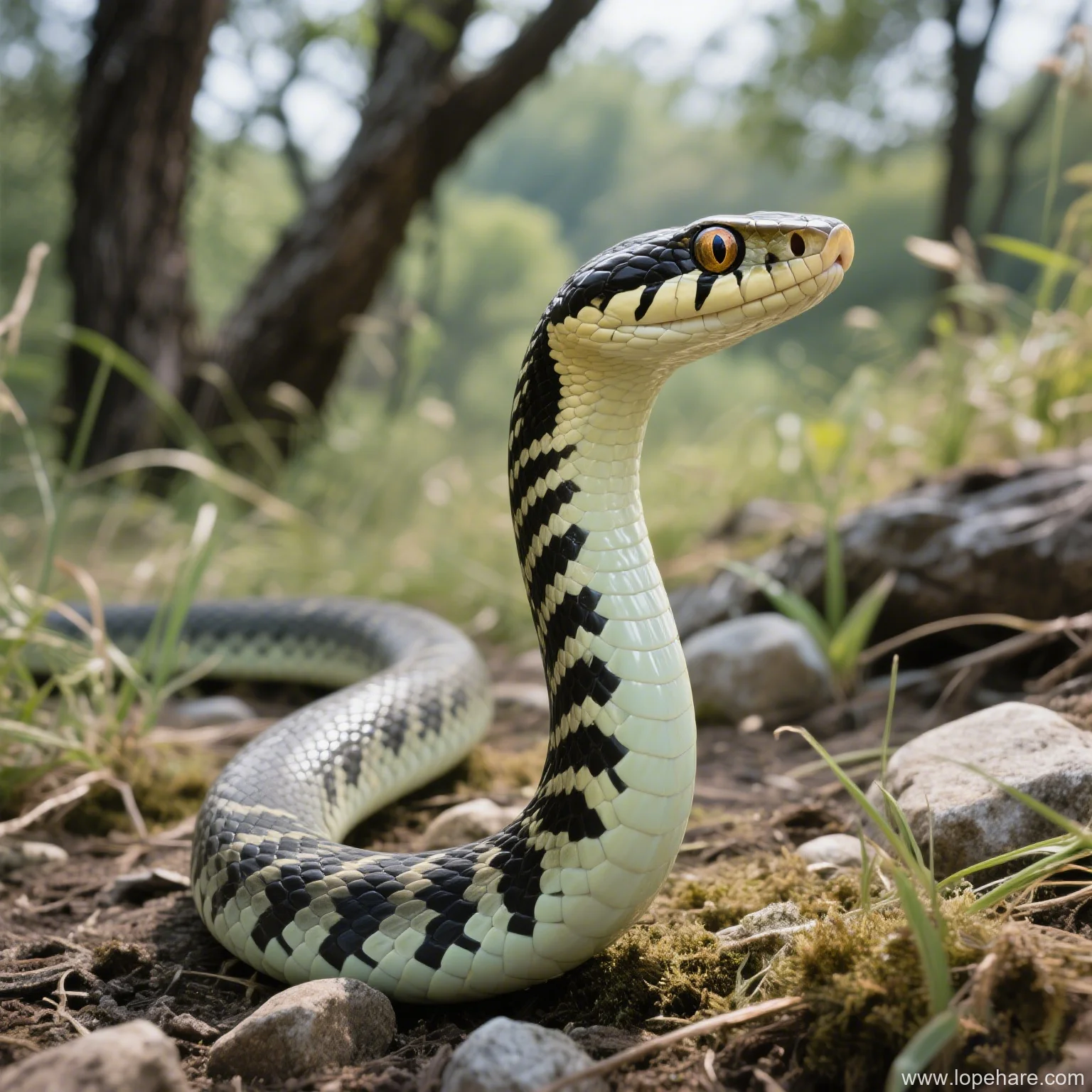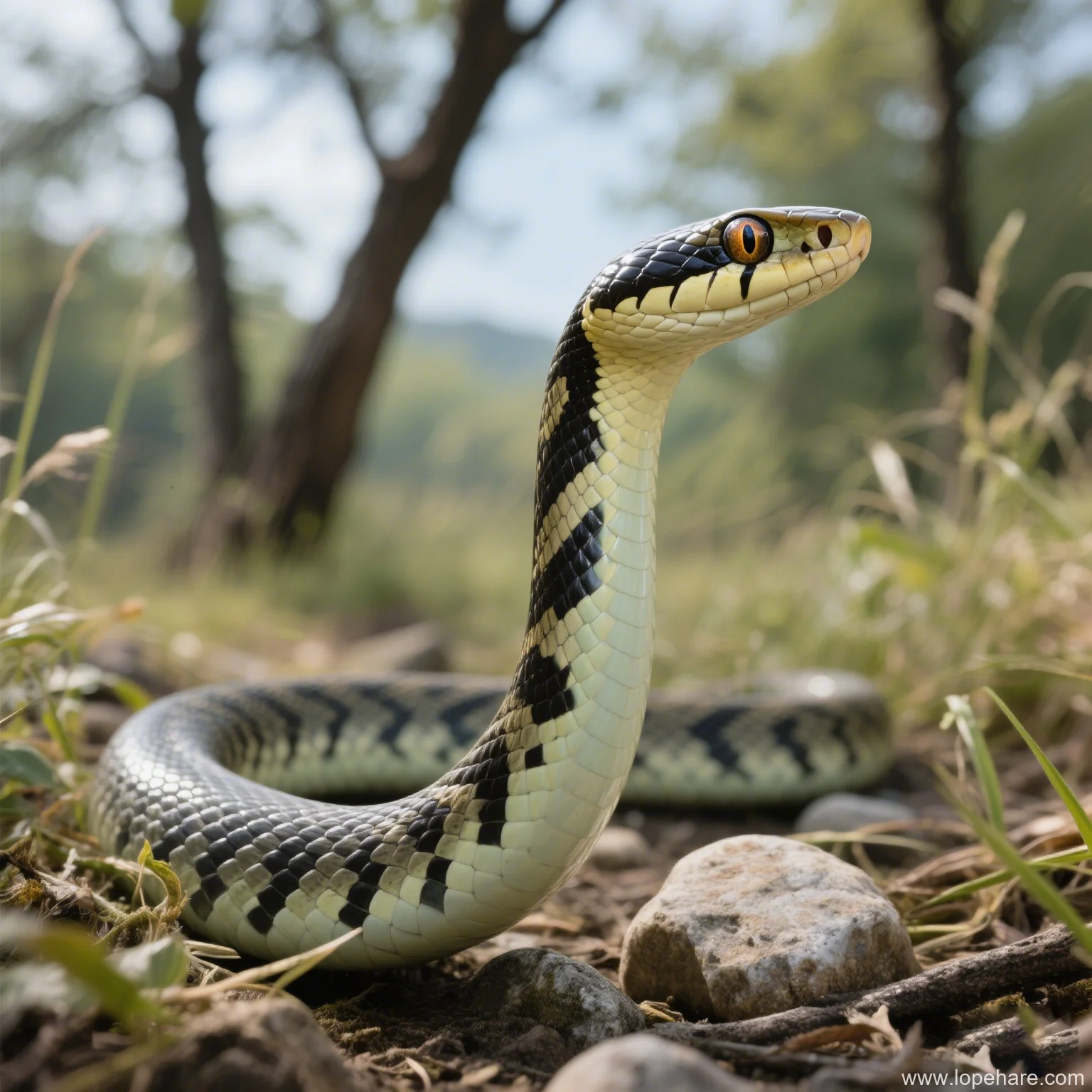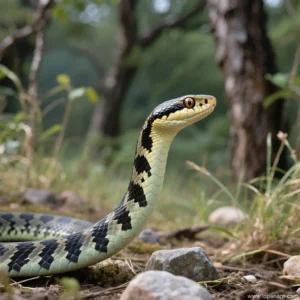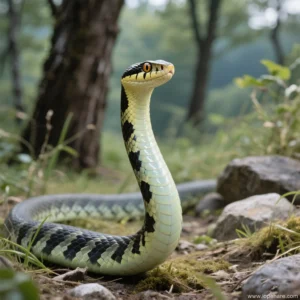
Reptile Care
Elaphe schrenckii Shedding Problems: How to Help Your Snake Shed Smoothly
Here at lopehare, we’re passionate about helping enthusiasts provide the best care for their unique pets, including beautiful species like the Elaphe schrenckii, also known as the Manchurian Black Water Snake or Amur Rat Snake. A key indicator of a snake’s health is its ability to shed its skin properly, a process called ecdysis. While natural, shedding can sometimes go wrong, leading to discomfort, stress, and potential health issues for your Elaphe schrenckii. Understanding why this happens and how to help Elaphe schrenckii shed smoothly is crucial for responsible ownership.
Understanding Normal Shedding
Snakes shed their skin periodically to allow for growth and to remove parasites and wear and tear. A healthy shed typically occurs in one complete piece, like a discarded sock. Before a shed, your Elaphe schrenckii will enter a “blue” phase where their eyes become cloudy (due to fluid building up between the old and new layers of skin) and their skin color dulls. This phase lasts several days, after which the eyes clear up. Shedding usually occurs a few days after the eyes clear.
The entire process, from going “blue” to completing the shed, can take anywhere from one to two weeks, depending on the snake’s age, size, growth rate, and environmental conditions.
Why Shedding Problems Occur
Stuck shed, also known as dysecdysis, is a common issue in captive snakes, and *Elaphe schrenckii* are no exception. The vast majority of shedding problems are directly linked to improper husbandry, particularly:
- Insufficient Humidity: This is the most frequent culprit. Elaphe schrenckii originate from regions with moderate to high humidity (Source: Wikipedia on Amur Ratsnake), and failing to provide adequate humidity in their enclosure prevents the old skin from loosening properly.
- Incorrect Temperature: Temperatures that are too low can slow down the snake’s metabolism, affecting the shedding process. Ensure your snake has a proper thermal gradient with appropriate basking and cool side temperatures.
- Lack of Environmental Enrichment: Snakes need rough surfaces like rocks, logs, or sturdy branches to rub against to help initiate and complete the shed. A bare enclosure offers nothing for them to use.
- Dehydration: While related to humidity, systemic dehydration also impacts shedding. Ensure your snake has access to clean, fresh water at all times.
- Nutritional Deficiencies: A poor diet lacking essential vitamins and minerals can affect skin health. Always provide varied, appropriately sized prey.
- Parasites or Infections: Mites, ticks, or skin infections can cause inflammation and make shedding difficult.
- Underlying Health Issues: Stress, illness, or injury can sometimes manifest as shedding problems.

Recognizing a Bad Shed
Signs that your Elaphe schrenckii is having trouble shedding include:
- Shed skin that comes off in multiple small pieces rather than a single piece.
- Patches of old skin remaining on the body after the shedding period should be complete.
- Retained eye caps (spectacles) – this is particularly dangerous as it can impair vision and lead to infections if not addressed.
- Stuck shed on the tail tip – this can restrict blood flow and potentially lead to necrosis if left untreated.
- Dull coloration or a persistent “blue” look long after the eyes have cleared.
Regularly inspect your snake after a shed to ensure it was complete, especially checking the eyes and tail tip.
Preventing Shedding Issues
Prevention is always easier than treatment. The key is providing optimal husbandry:
- Maintain Proper Humidity: For Elaphe schrenckii, target a humidity level of 50-70%. Use a reliable hygrometer to monitor this. Misting the enclosure walls and substrate periodically can help, as can using a suitable substrate like cypress mulch or coconut fiber which retains moisture. A larger water dish can also contribute to ambient humidity.
- Ensure Correct Temperatures: Provide a basking spot around 80-85°F (27-29°C) and a cool side around 70-75°F (21-24°C). Nighttime drops are acceptable but avoid prolonged cold. Use accurate thermometers (digital is best) in different locations.
- Provide Shedding Aids: Include branches, cork bark, rocks, or reptile decor with rough surfaces for your snake to rub against.
- Offer a Humidity Hide: A simple plastic container with a hole cut in the side, filled with damp (not soaking wet) sphagnum moss, can provide a humid microclimate your snake can use when it feels the need.
- Fresh Water: Always have a clean water dish available.
- Monitor During “Blue”: When you notice your snake entering the blue phase, double-check your humidity and temperature settings and ensure their water is fresh. This is when they most benefit from higher humidity.
Consistency is Key: Maintaining stable, appropriate conditions throughout the year is more effective than trying to drastically increase humidity only when you see your snake is about to shed.
Helping With Stuck Shed (Carefully!)
If your Elaphe schrenckii has retained patches of skin, you can attempt to help, but proceed with extreme caution. Never pull dry skin off forcefully, as this can injure the snake’s scales or underlying tissue.
- Humidity Box (Gentle): Place the snake in a container with ventilation holes and a bottom covered in damp paper towels or sphagnum moss. Leave them in there for an hour or two. The increased humidity can help loosen the skin.
- Lukewarm Soak (More Direct): In a shallow container of *lukewarm* water (no deeper than the snake is thick, allowing its head to stay out easily), let your snake soak for 20-30 minutes. Ensure the water is not hot or cold. Supervise closely at all times.
- Gently Assist: After soaking or a humidity box session, some loose skin might be easier to remove. Gently rub the area with a damp cloth or your fingers in the direction of the scales. If the skin doesn’t come off easily, stop. You may need multiple sessions.
- Retained Eye Caps: **Do NOT attempt to remove retained eye caps yourself unless specifically instructed by a reptile veterinarian.** This is a delicate area, and improper removal can cause permanent eye damage. Soaking or humidity can sometimes help them come off with the next shed, but vet intervention is often needed.
Never Force It: Aggressive handling or forcing stuck shed can severely harm your snake. Patience and gentle methods are paramount. If home remedies aren’t working after a couple of attempts over a few days, seek professional help.
When to Contact Your Vet
You should consult a reptile veterinarian if:
- Stuck shed, especially retained eye caps or tail tip shed, persists after attempting home remedies.
- The snake shows signs of infection around the retained skin.
- The shedding problem is accompanied by other symptoms like lethargy, loss of appetite, or unusual behavior.
- Your snake is experiencing frequent shedding problems, indicating a potential ongoing husbandry issue or underlying health condition that needs diagnosis.
Prompt attention can prevent serious complications.
Ensuring Smooth Sheds for Your Elaphe schrenckii
Proper shedding is a vital sign of a healthy *Elaphe schrenckii*. By focusing on providing the correct humidity, temperature, hydration, and appropriate cage furniture, you can prevent most shedding issues. At lopehare, we believe that understanding these specific needs is key to the well-being of your fascinating pet. Should problems arise, gentle assistance and timely veterinary care will help ensure your snake continues to thrive and grow.
Citations:
- Wikipedia contributors. (2024, May 29). Amur ratsnake. In Wikipedia, The Free Encyclopedia. Retrieved from https://en.wikipedia.org/w/index.php?title=Amur_ratsnake&oldid=1226403155
- General knowledge based on common reptile husbandry practices as discussed in herpetocultural literature.





